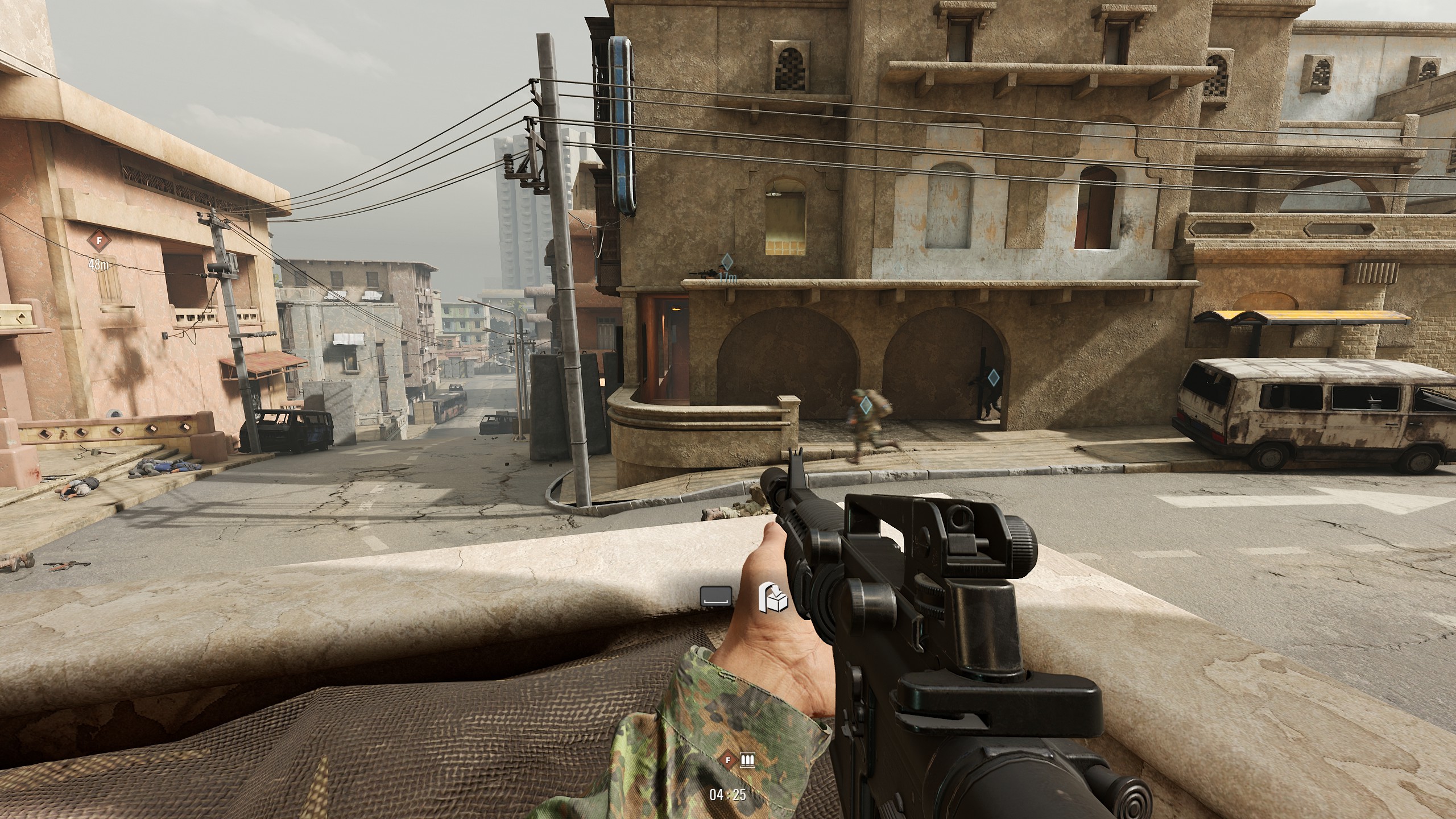
That’s because each player has only one life to live during the assault on each objective. There’s a breacher that can make short work of the enemy in close quarters, and an advisor that supplies an exotic selection of additional small arms into the fight.īut getting those more elite classes together during the endgame standoff can be challenging. In addition to a generic rifleman and a heavy weapons guy, there’s also a commander and an observer class that can work together to bring in artillery and helicopter support. This is where the game’s unique class system comes in. Once you reach and clear the final objective, that’s when you’re tasked with holding it at all costs. The result is that lending fire support to other players is both impactful and necessary. But when I feel pressure from the enemy, and they do land a few shots, there’s a good chance I can maneuver out of harm’s way where my health can recharge. You’ll go down eventually if the AI lands three or four shots at range, and even faster if you turn the wrong way in close quarters. Players aren’t made of glass, but they aren’t invincible either. Health in Sandstorm feels fairly abstracted, but in a good way. When you do manage to clear out the enemy, that’s the time to spend a few extra seconds to fully resupply at a weapons crate. Protracted standoffs regularly reduce one or both sides to their sidearms. New World Interactive/Focus Home Interactiveīut the number of magazines you can carry is finite, and leaving your kit scattered around the map reduces the effectiveness of your main weapon. Among the first that I was able to earn was a new pattern of head scarf for the insurgents. Insurgency features an experience system which grants cosmetic unlocks.

Or you can double-tap the reload button to drop the mag on the ground and get back into the fight. You can take your time if you like, carefully removing an empty magazine and placing into in your chest rig to use later. The act of reloading, for instance, is modeled very differently in Sandstorm than it is in other games. Luckily Sandstorm has an excellent radio model, allowing players to talk to allies in close proximity as well as all the way across the map.Īnother key to Checkpoint’s excellent pacing is the way it forces you to manage your resources. Players’ ability moderate the pace of the fight is crucial, as is good communication. By the time you reach the third of fourth objective, the enemy could be coming from any direction. Once that first objective is captured it’s on to the second, which is generally located in a more exposed location. When the tailgate drops it’s a fairly linear push on the first objective, giving everyone a decent chance to warm themselves up. When a mission begins, players find themselves in the back of a pickup truck driving toward a raid on an enemy compound. Every session has its own kind of narrative, converting a very technical shooter into a thrilling combination of Call of Duty’s classic Domination and an edge-of-your-seat horde mode.

The mode in question is called Checkpoint, and it launches a team of eight players into a pitched battle against waves of enemy AI. But it might just have one of the best cooperative modes from any first-person shooter that I’ve played all year.

After just a few hours with the game, it’s clear that it’s still rough around the edges. It received a lot of good buzz among fans of the genre, so I decided to keep tabs on its sequel, Insurgency: Sandstorm, which launched on Steam today. I still regret sleeping on the original Insurgency, a hardcore tactical shooter that launched in 2014.


 0 kommentar(er)
0 kommentar(er)
